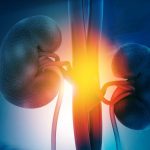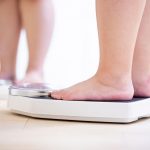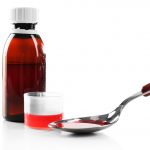
People with both type 2 diabetes and chronic kidney disease face a heart health double-whammy, a new study says. Men with both diabetes and kidney disease will develop heart health problems 28 years earlier than those without either condition, researchers reported today at an American Heart Association meeting in Chicago. Women with diabetes and kidney disease will develop heart problems 26 years earlier, results show. “Our findings help to interpret the combination of risk factors that will lead to a high predicted cardiovascular disease risk and at what age they have an impact on risk,” lead study author Vaishnavi Krishnan, a researcher at Northwestern University in Chicago and a medical student at Boston University School of Medicine, said in a news release. “For example, if someone has borderline-elevated levels of blood pressure, glucose and/or impaired kidney function, but they don’t yet have hypertension or diabetes or chronic kidney disease, their risk may not be recognized,” Krishan said. For the study, researchers used federal health survey data from 2011 to 2020 to create heart risk profiles for people who have type 2 diabetes, kidney disease, or both. Kidney disease and type 2 diabetes are two of the four components of cardiovascular-kidney-metabolic syndrome (CKM), which the heart association defines as the overall health risk that arises from the interplay of heart disease, kidney problems, diabetes and obesity.… read on > read on >


















